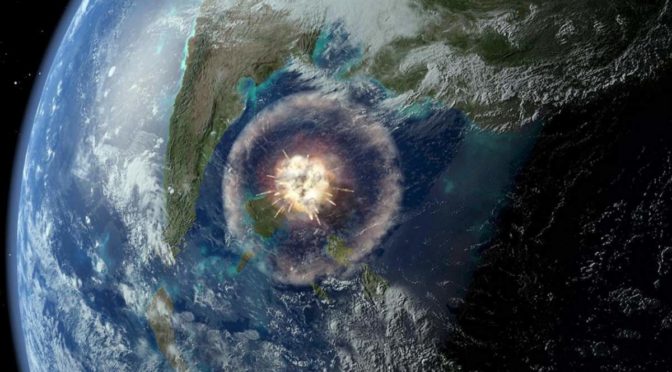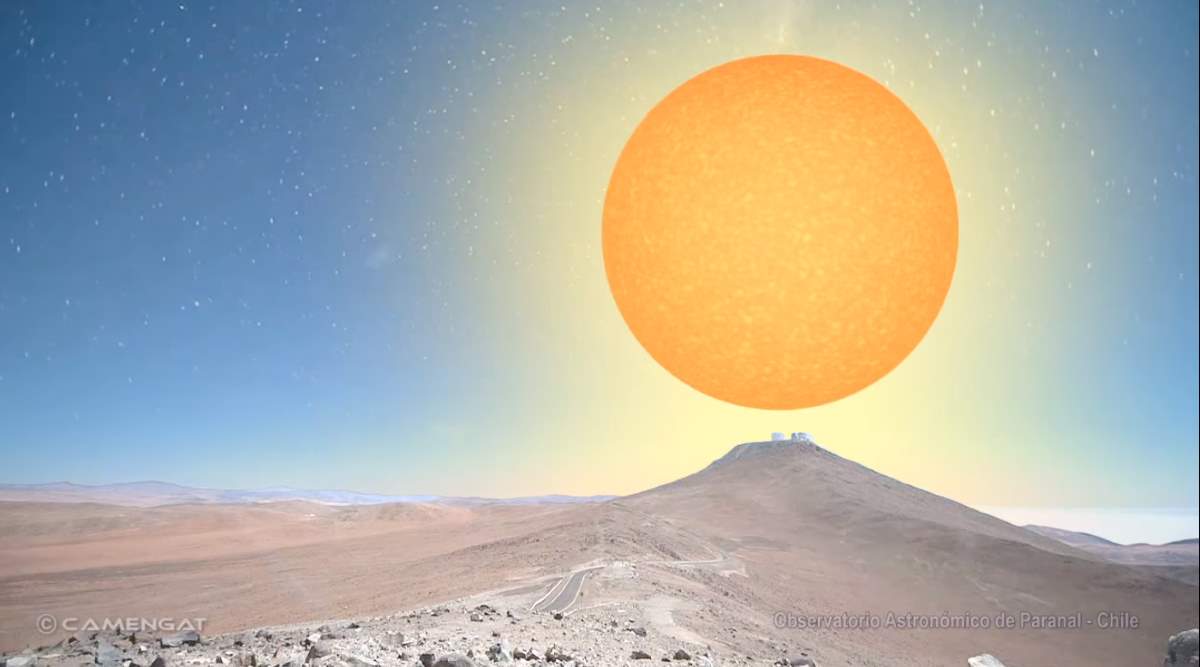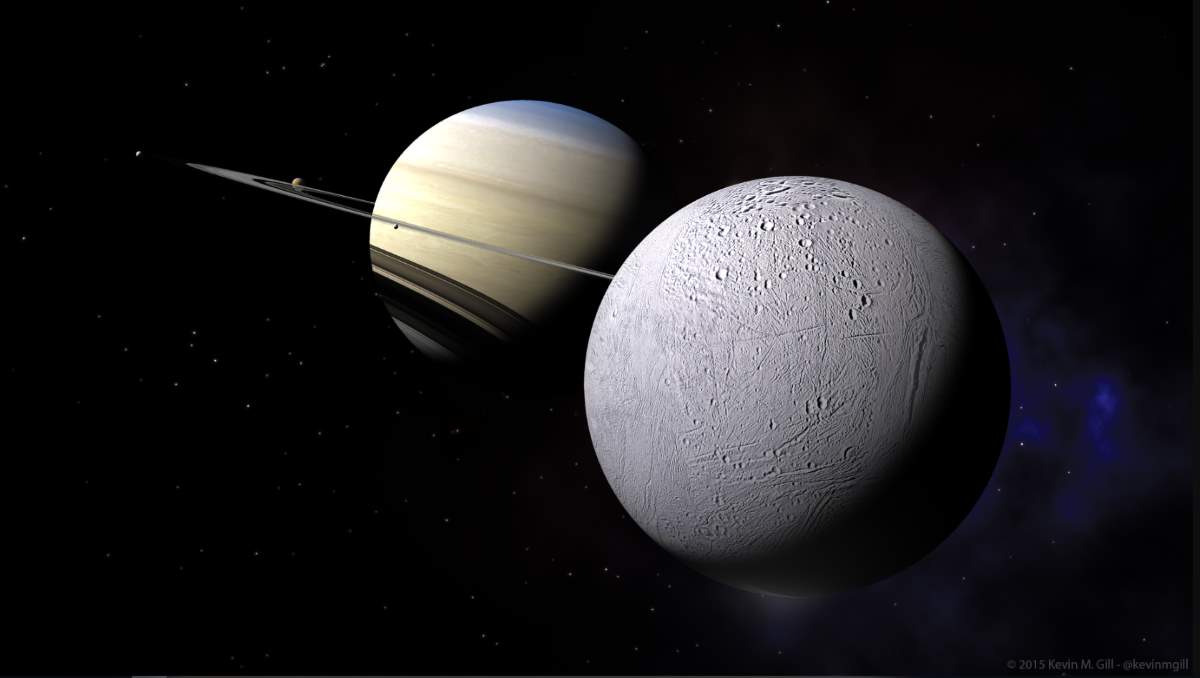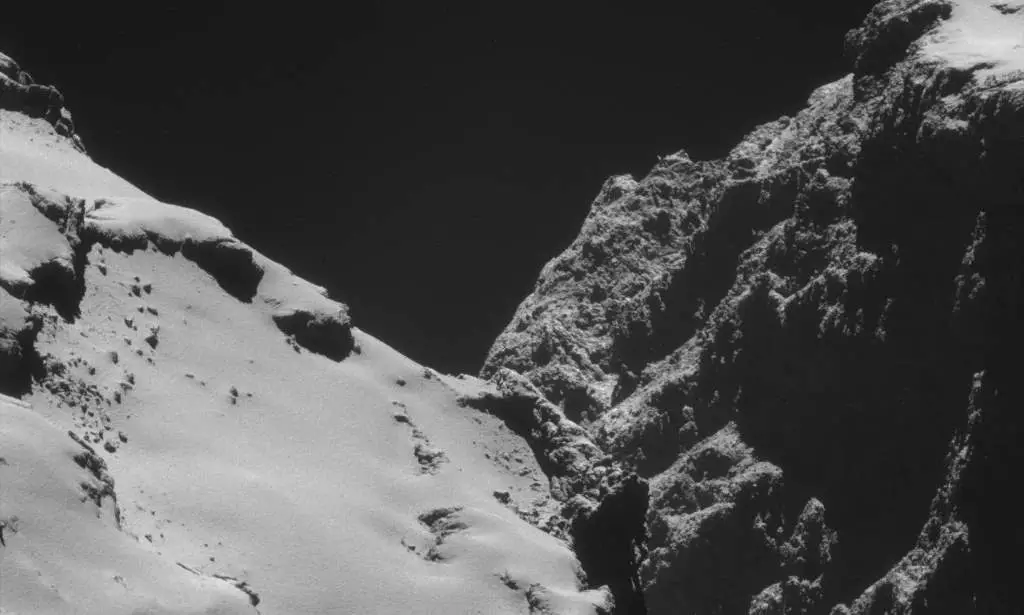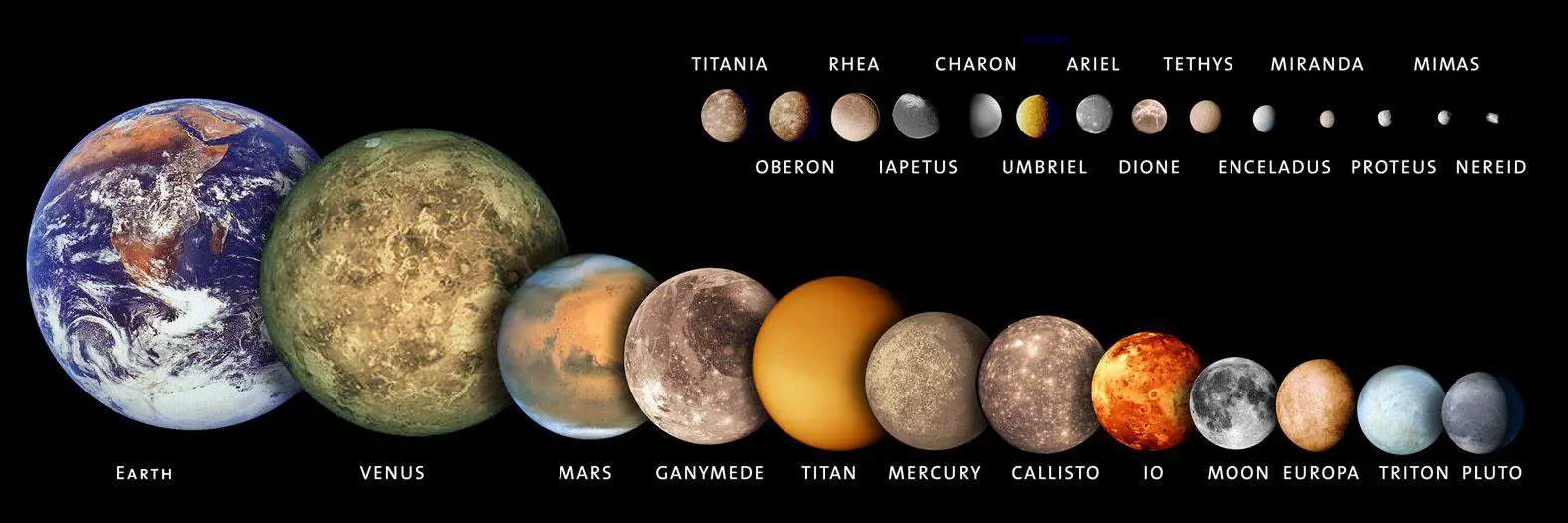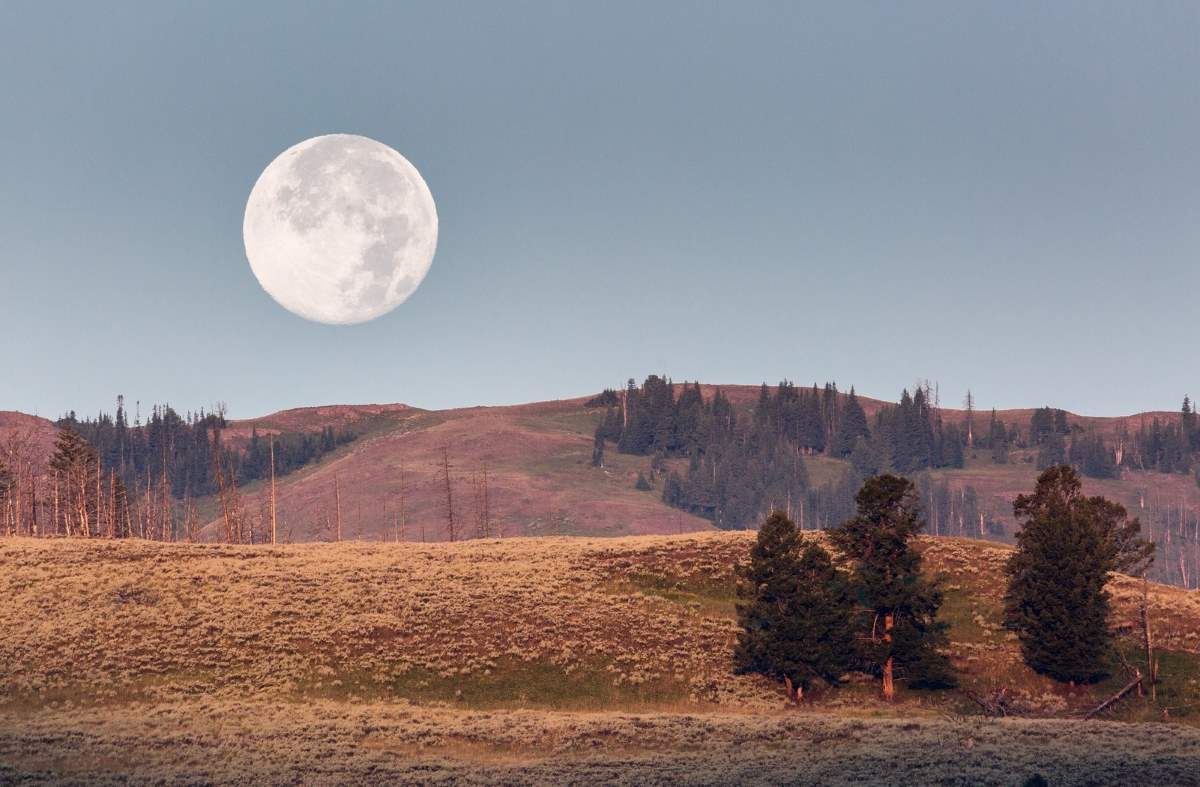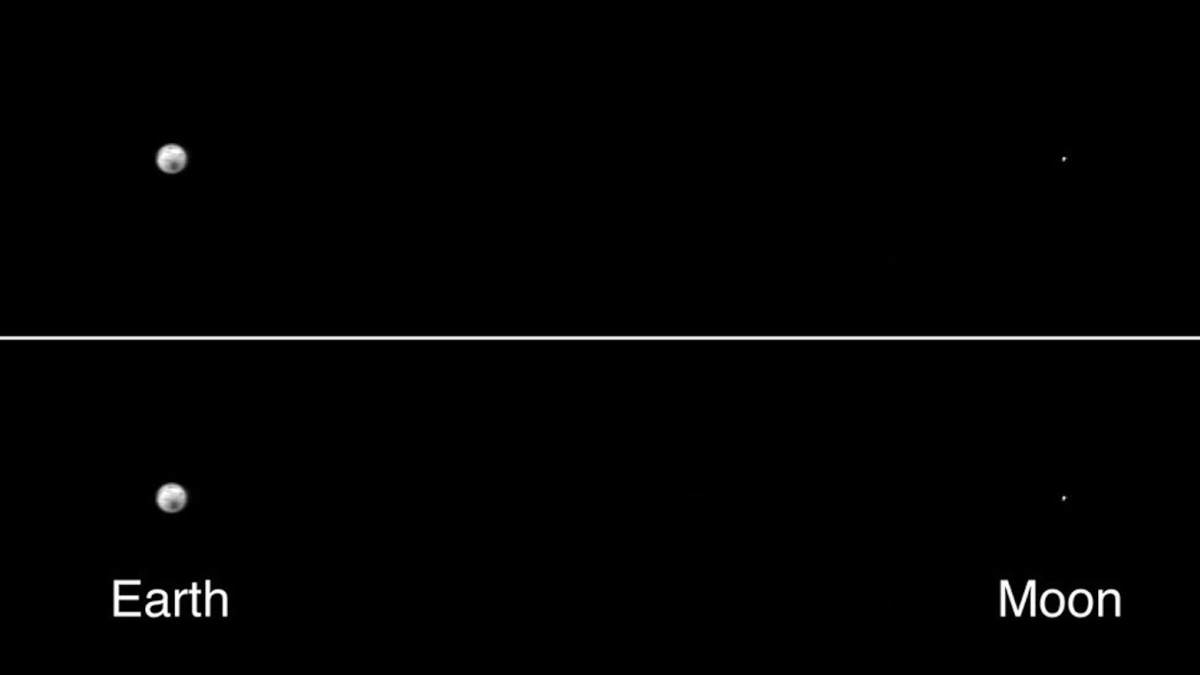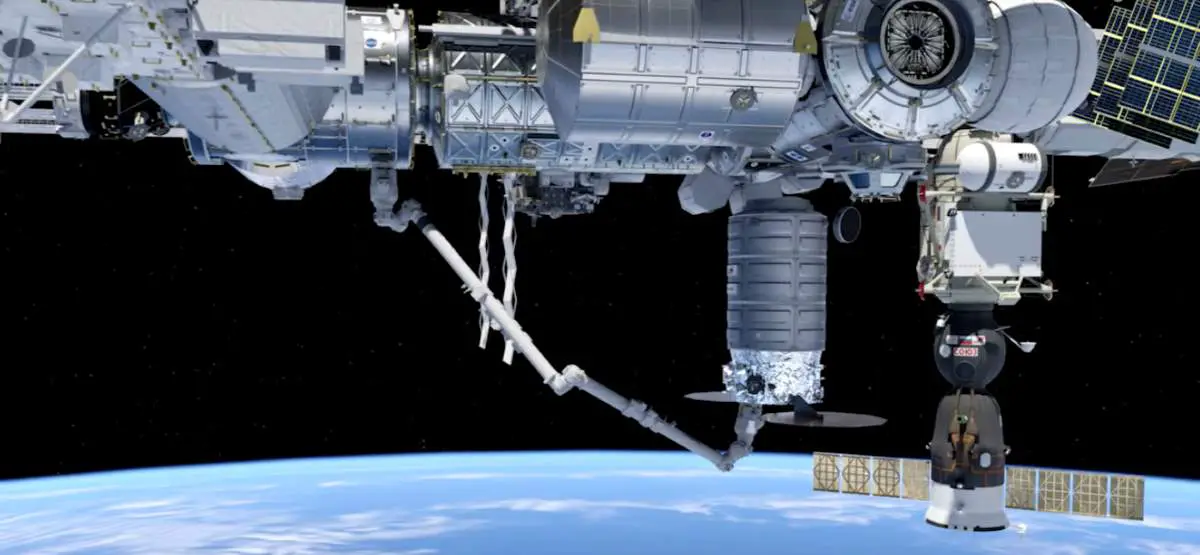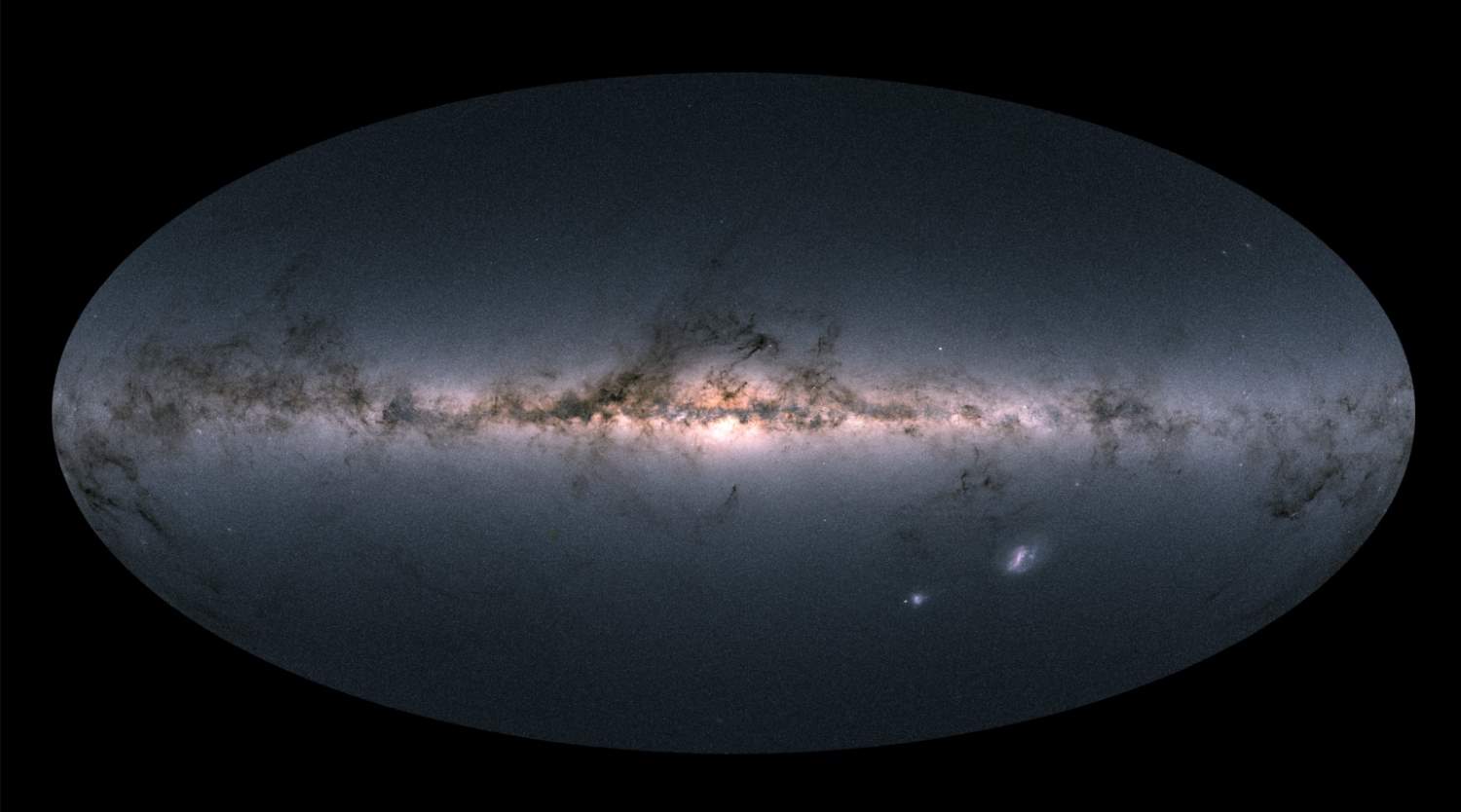Around 66 million years ago, an asteroid (or a comet) with a diameter of at least 10 kilometers (6 miles) impacted a few miles from the present-day town of Chicxulub in Mexico at around 64,000 kilometers per hour (40,000 mph). The impact triggered a chain of events what is known today as the Cretaceous-Paleogene (K-Pg) extinction event, also known as the Cretaceous-Tertiary (K-T) extinction, and wiped out three-quarters of the plant and animal species on Earth, including non-avian dinosaurs
